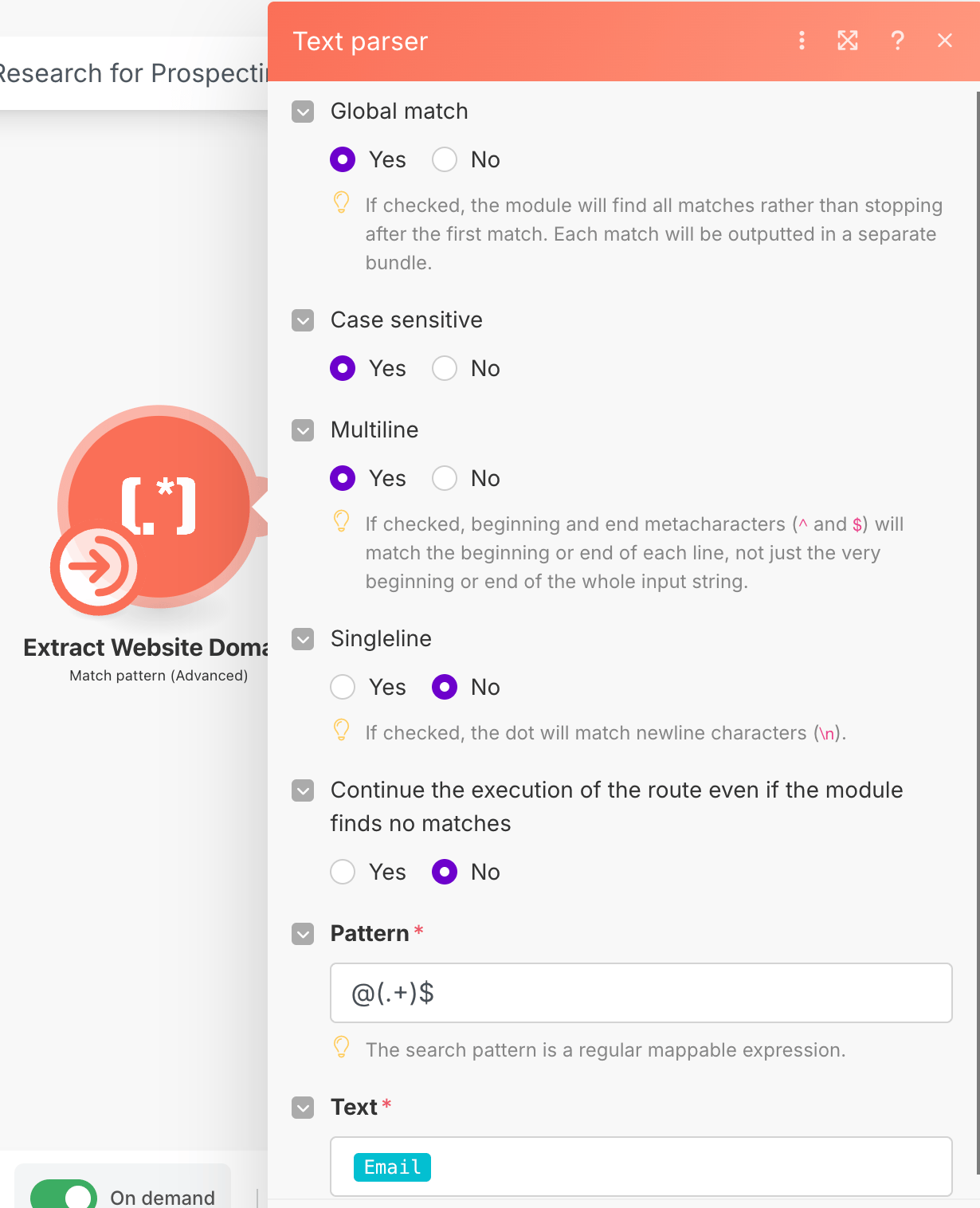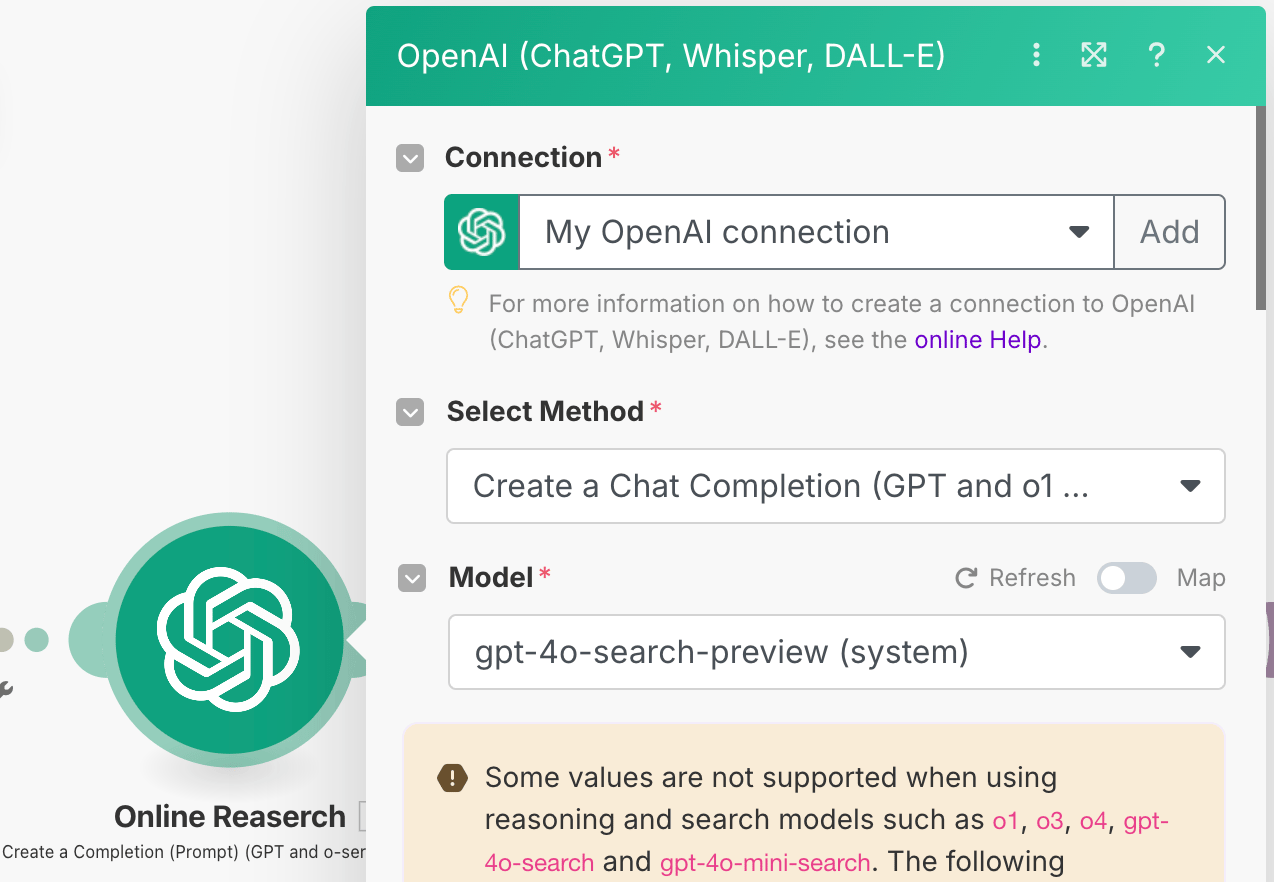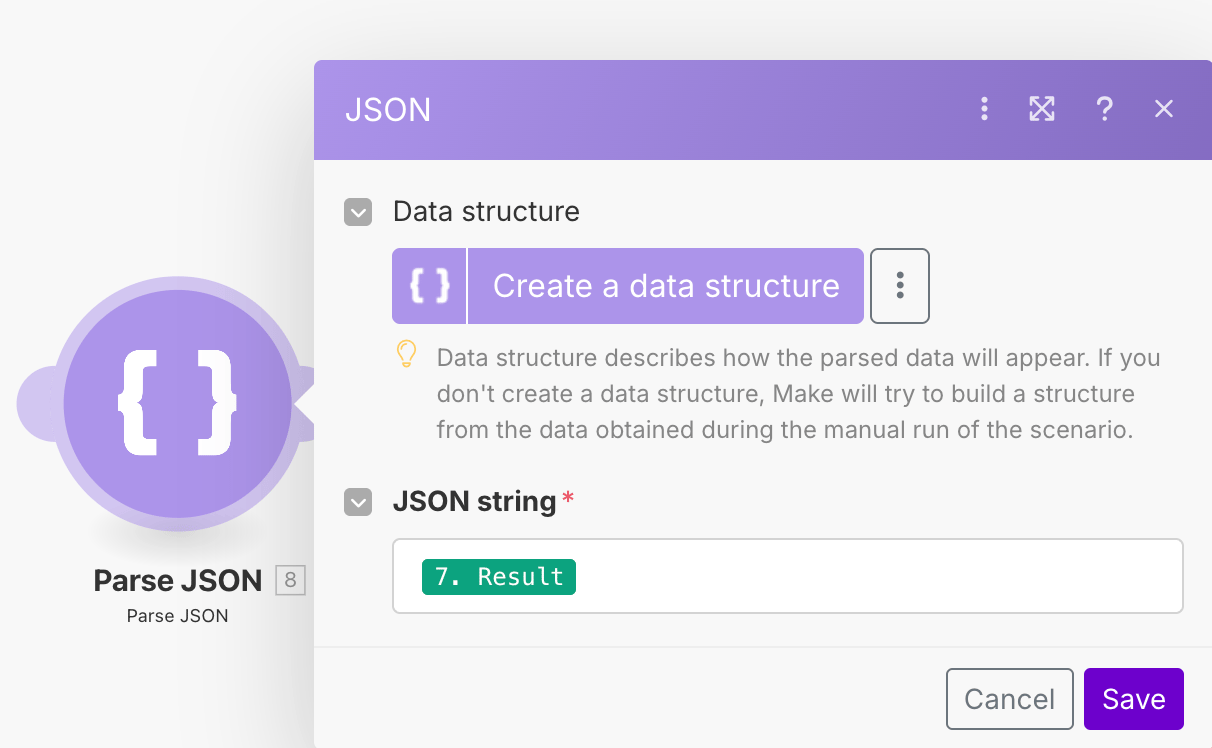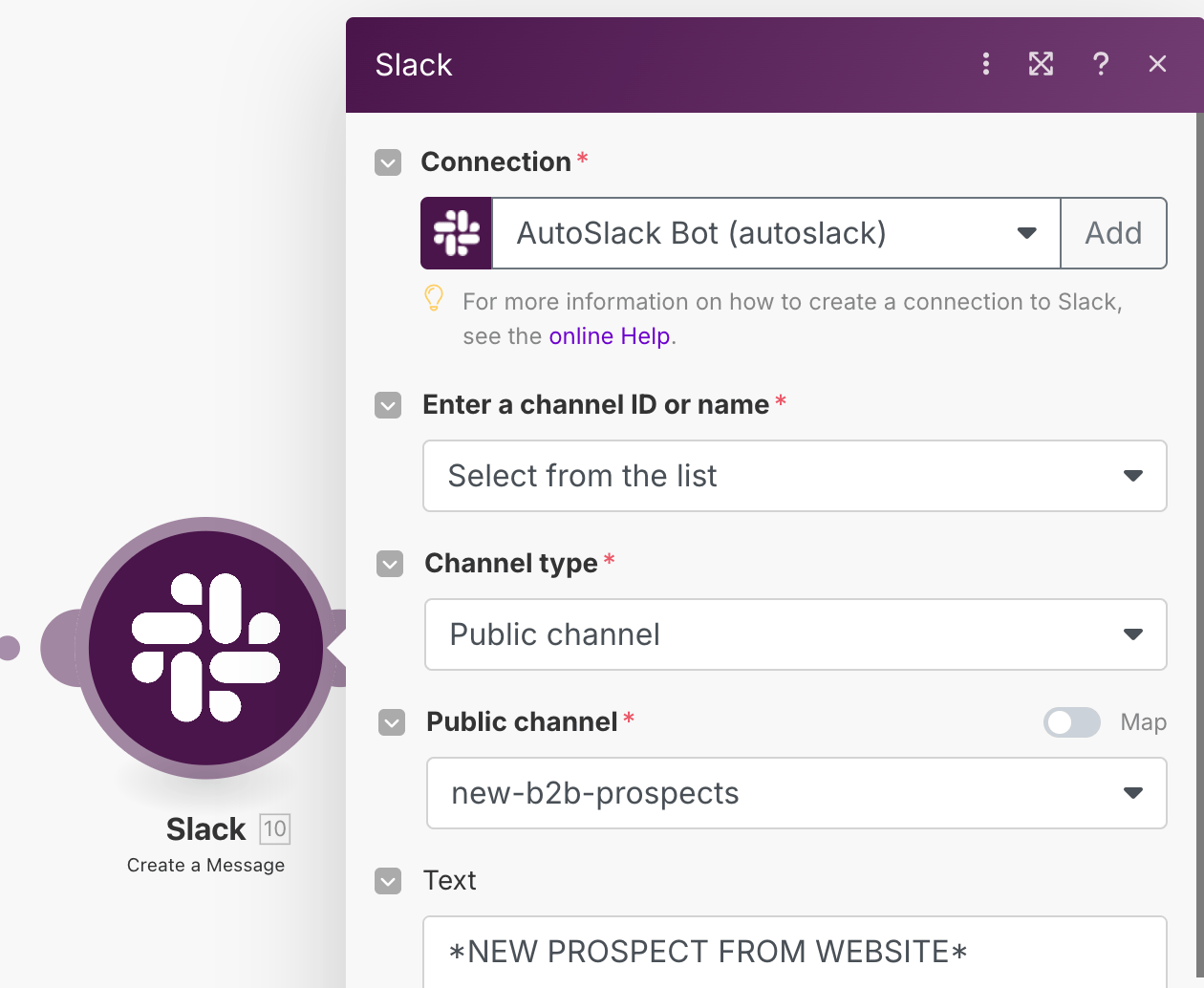- AI Academy
- Posts
- 📚 Automate B2B prospect research with AI
📚 Automate B2B prospect research with AI
How we use Make and AI to qualify new leads
Reading Time: 5 minutes
Hello AI Enthusiast,
Today we're sharing how we eliminated the manual research phase of lead qualification at AI Academy. Instead of spending 15-20 minutes researching each new prospect that contacts us through our website, we built an automation that does comprehensive company research in under 2 minutes and delivers insights directly to our sales team via Slack.
The Problem
Every B2B company faces the same challenge: a new lead fills out your contact form, and someone on your team needs to research the company before the first call. This usually means opening multiple browser tabs, checking LinkedIn, visiting their website, reading about their recent news, and trying to understand their business model and potential fit. By the time you're done, 20 minutes have vanished, and you're doing this for every single lead.
How We Did It

Complete Make automation scenario
Let's walk through our Make automation that transforms a simple contact form submission into comprehensive prospect intelligence delivered to our sales team.
Disclaimer: this automation is triggered by another one that manage new website form submission.
Step 1: Extract Company Domain from Email Address
When someone fills out our contact form, our automation starts by extracting their company's domain from their email address. This gives us the foundation for all subsequent research.
Setup:
Create a new scenario in Make.com
Add the "Extract Website Domain" module (using Match pattern - Advanced)
Configure the pattern to extract everything after the "@" symbol from the email field

Domain extraction module configuration
This step is crucial because it gives us the company's primary web presence, which becomes our research starting point.
Step 2: Conduct AI-Powered Company Research
Here's where the magic happens. We use AI to perform comprehensive online research about the prospect's company, gathering information that would normally require manual investigation across multiple sources. To do this with OpenAI we use the new gpt-4o-search-preview model, a reliable model that can search online.
Prompt example for company research:
`You are a B2B sales research expert. I need you to research a company and provide comprehensive intelligence for lead qualification.`
`Company domain: [Insert extracted domain]`
`Company Name: [Insert company name]
Research the following aspects and provide detailed information:
1. Company Overview: What does this company do? What's their core business model?
2. Industry & Market: What industry are they in? Who are their main competitors?
3. Company Size: How many employees? What's their estimated revenue range?
4. Recent News: Any recent announcements, funding, partnerships, or significant changes?
5. Technology Stack: What technologies do they likely use? Are they tech-forward?
6. Potential Pain Points: Based on their industry and size, what challenges might they face?
7. AI Readiness: How likely are they to be interested in AI training or implementation?
8. Decision Makers: Who would likely be involved in purchasing decisions for AI training?
Format your response as a JSON object with these exact keys: company_overview, industry_market, company_size, recent_news, technology_stack, pain_points, ai_readiness_score, decision_makers.
Make your analysis actionable for a sales team preparing for their first conversation.`
OpenAI module configured with gpt-4o-search-preview model
Step 3: Parse JSON for Easy Data Access
The AI research returns data in JSON format (JavaScript Object Notation - essentially a structured way to organize information that makes it easy for different systems to read and use). We need to parse this JSON so our automation can access specific pieces of information in the next steps.
JSON Parser Setup:
Add the "Parse JSON" module after your AI research step
Connect the AI response as the input
Make will automatically detect the JSON structure and create individual data points

Parse JSON module structuring the AI research response into individual data fields
This parsing step transforms the AI's research into individual data fields that we can reference in our Slack message and other downstream processes.
Step 4: Send Intelligent Lead Alert to Sales Team
The final step delivers all this research directly to our sales team via Slack, formatted for immediate action. Instead of a basic "new lead" notification, they receive comprehensive prospect intelligence.
Slack message format example:
🎯 **New B2B Lead - [Company Name]**
👤 **Contact:** [Name] ([Email])
🏢 **Company:** [Company Name] ([Domain])
📊 **Size:** [Company Size from research]
🏭 **Industry:** [Industry from research]
**🔍 Company Overview:**
[AI-generated company overview]
**⚡ AI Readiness Score:** [Score]/10
**💡 Potential Pain Points:**
[AI-identified pain points]
**🎯 Recommended Approach:**
[AI suggestions for initial conversation]
**📰 Recent News:**
[Recent developments if any]
**Next Steps:** Schedule discovery call focusing on [specific pain points identified]
Slack module configuration showing the formatted lead alert message
Benefits We've Seen
Since implementing this automation:
Our sales team saves 15-20 minutes per lead on initial research
Sales calls start with relevant context instead of generic discovery questions
We identify good fits faster and can prioritize leads more effectively
Every lead gets the same level of research, regardless of who handles it
This lead qualification automation is the type of AI-powered system you'll learn to create in our AI Agent Bootcamp. Over 7 weeks, you'll be identifying manual bottlenecks and transforming them into intelligent AI Agents. Our next cohort starts September 2.
Your Turn
Ready to automate your own prospect research process? Here's how to get started:
Map your current research process: List what information your team typically researches about new prospects (company size, industry, recent news, etc.)
Set up the basic automation:
Create a Make account and new scenario
Connect your lead capture system (website forms, CRM, etc.)
Add the domain extraction module
Create your research prompt: Adapt our template above for your specific service or industry. Focus on the information that helps your sales team have better conversations.
Test with recent leads: Run a few recent prospects through your automation to refine the AI prompts and output format.
Connect to your team communication: Set up Slack, Microsoft Teams, or email notifications so your sales team gets the research immediately.
Start simple with basic company research, then expand to include competitor analysis, recent funding rounds, or technology stack information as you get comfortable with the system.
Want to get even more practical? Explore hands-on AI learning with AI Academy:
AI Academy Membership: Get 12 months of access to all our cohort-based programs, live webinars, on-demand courses, and tutorials.
AI Agent Bootcamp: Accelerate processes and solve business problems by mastering prompts and building AI Agents, without coding.
Corporate Training: Equip your team with the skills they need to unlock the potential of AI in your business.
Practical Introduction to ChatGPT: A free course on using ChatGPT confidently, understanding its workings, and exploring its potential.
We'll be back with more AI tips soon!